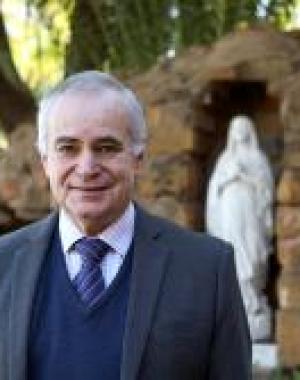In 1977, I began my work as a teacher in a Catholic school, and I have been involved with this vocation, in one way or another, for the whole of my adult life. For my heritage, I had inspiring predecessors who had worked hard to establish a Catholic educational system in my country of Australia. It seems that a major effort of evangelization for the Catholic Church throughout the nineteenth century was focused on the establishment of Catholic schools. The strategy was to pass on the faith by situating it in the context of an overall educational vision. This priority is reflected in the number of religious orders founded at this time, which had teaching as their main apostolic goal. In part, this was also a response to the rising challenge of secularization, which aimed to exclude, or at least to marginalize, the teaching of religion in the newly developing project of universal compulsory education in schools run by the state. This attack on religious education was vigorously resisted by the Church. The following Australian example is representative of similar efforts throughout the world, including the United States.
At their 1862 Provincial Council, the Australian bishops insisted on the integrated nature of Catholic education and refused to accept the notion that religious education could be quarantined from the overall educational curriculum, with no capacity to influence other subject areas:
"Catholics do not believe that the education of a child is like a thing of mechanism that can be put together bit by bit. Now a morsel of instruction on religion, and then of instruction in secular learning – separate parcels. We hold that the subject taught, the teacher and his faith, the rule and practices of the school day, all combine to produce the result which we Catholics consider to be education."
Moreover, Archbishop Roger Vaughan of Sydney, the man credited with organizing the Australian Catholic school system, insisted that a Catholic school would not be successful if it was simply a place of instruction; it needed to be a place of holiness. Therein was the key! It has always been my understanding that this lies at the very heart of what a teacher in a Catholic school is meant to be doing: striving for an ever deeper relationship with Christ through the Church, and passing on the fruits of this to the students.
The rest of this online article is available for current Guild members.
This article is from The Catechetical Review (Online Edition ISSN 2379-6324) and may be copied for catechetical purposes only. It may not be reprinted in another published work without the permission of The Catechetical Review by contacting [email protected]


















